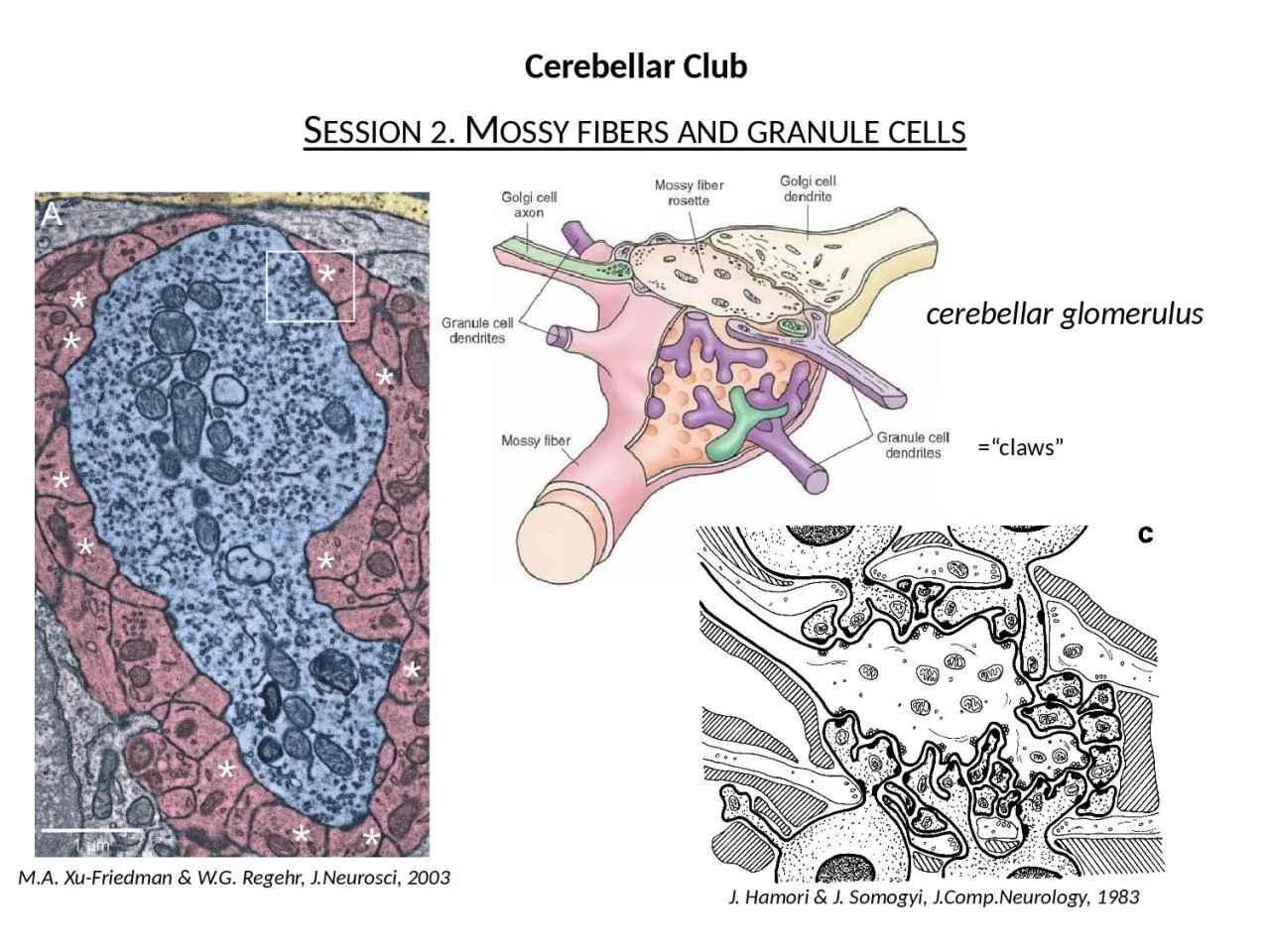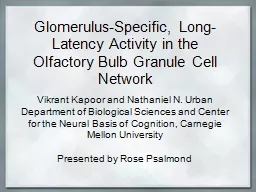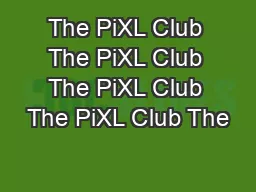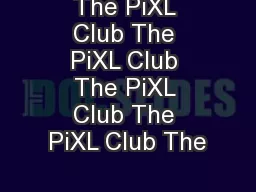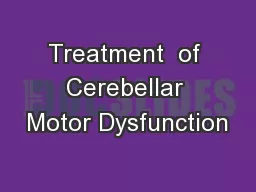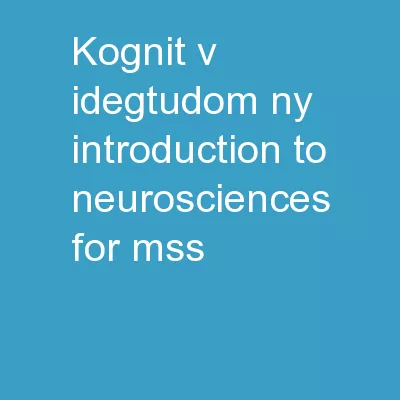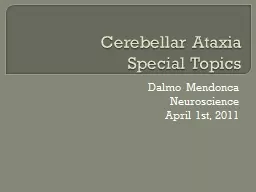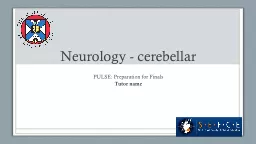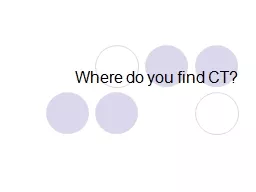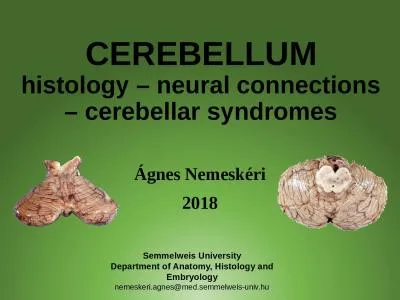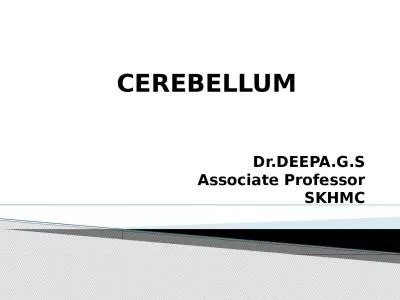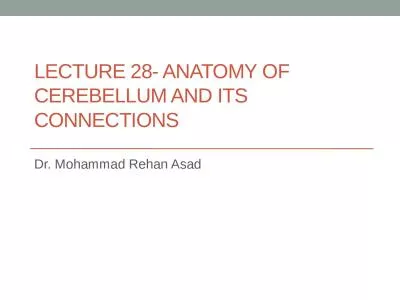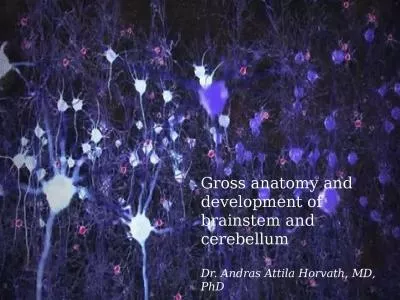PPT-Cerebellar Club Session 2. Mossy fibers and granule cells
Author : delcy | Published Date : 2022-06-07
cerebellar glomerulus MA XuFriedman amp WG Regehr JNeurosci 2003 J Hamori amp J Somogyi JCompNeurology 1983 claws Purkinje cells are at the midpoint of
Presentation Embed Code
Download Presentation
Download Presentation The PPT/PDF document "Cerebellar Club Session 2. Mossy fibers ..." is the property of its rightful owner. Permission is granted to download and print the materials on this website for personal, non-commercial use only, and to display it on your personal computer provided you do not modify the materials and that you retain all copyright notices contained in the materials. By downloading content from our website, you accept the terms of this agreement.
Cerebellar Club Session 2. Mossy fibers and granule cells: Transcript
Download Rules Of Document
"Cerebellar Club Session 2. Mossy fibers and granule cells"The content belongs to its owner. You may download and print it for personal use, without modification, and keep all copyright notices. By downloading, you agree to these terms.
Related Documents

